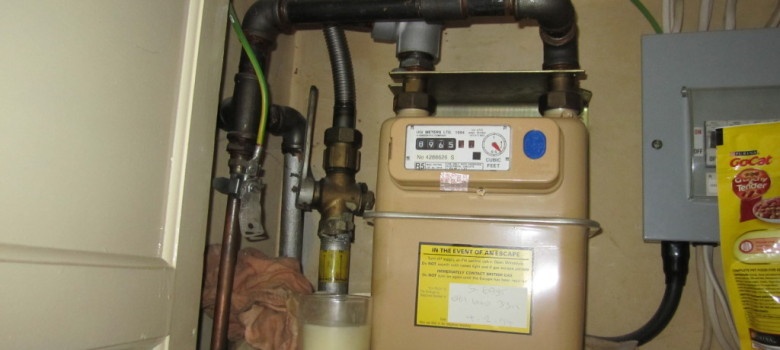
We have discussed how to read your electricity meter here, but today we are going to look at gas meters.
Gas meters are a little different to electric meters, but there are a few variations to look out for:
- Digital Metric – These are the most modern type of gas meter, and there are 4 digits on the meter in units of metres cubed. Sometimes there will be more digits shown in red – you can ignore these.
- Digital Imperial – These are older meters, although they will look very similar to the metric ones. Their units are in cubic feet, but they still have 4 digits to read off in most cases.
- Dial meters – These will all be in imperial and have little dials in a similar way to the old electric meters. Perhaps the most confusing thing about these is that each digit has a dial each one is read in an alternating manner, with one dial moving clockwise and the next anti-clockwise. It is a little confusing until you get the hang of it!
Kilowatt hours and converting your readings
Unlike electric meters, which always show their readings in kWh, just like on your bill, gas meters give you a reading in cubic meters or cubic feet. This means it can be tricky to tell exactly how much you are spening on your gas until your bill comes through the post.
What can you do? Well it is a fairly simple bit of maths to convert the reading on the meter to the units you see on your bill:
- Take the number of units you have used since your last reading (this means taking your new reading and subtracting the old reading).
- If your meter is in cubic feet, multiply your total by 2.83 – this gets you to meters cubed.
- Multiply your total by 1.022640. This is the ‘volume correction factor’
- Multiply by the calorific value, which is a factor used to represent the energy in the gas you use – the gas in your supply can vary a little because it is a natural product, . You will find the value the gas company is using on your bill, and it can change from bill to bill, but a typical figure might be 39.3.
- Divide by the kW conversion factor which is 3.6.
This should get you your kW usage that you end up seeing on your bill, or at least very close to it if they are using a slightly different calorific value!
 Other things to remember when reading a meter
Other things to remember when reading a meter
Sometimes in blocks of flats or in split properties you can have several meters in the same place, making it a bit confusing to know which one is yours. They are usually marked with your property’s number, but just make sure you are taking the right readings or you could get a nasty surprise somewhere down the line. If you are having trouble finding your meter, you can contact the National Grid’s meter number helpline on 0870 608 1524.
Think we missed something? Do you have a different opinion?
Comment below to get your voice heard…
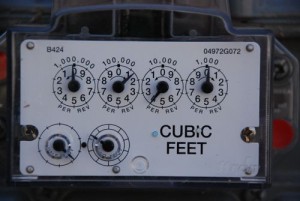
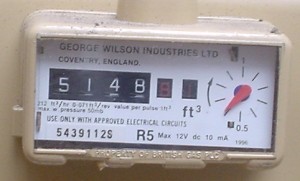
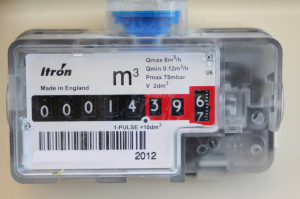




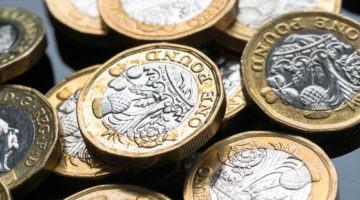







Again a very useful and informative article.
Hi, your gas price calculation says “If your meter is in cubic feet, multiply your total by 2.83 – this gets you to meters cubed.”
So 1 cubic foot = 2.83 cubic meters ! SURELY thats the wrong way round ?
Just discovered its not 1 cubic foot ITs 100 cubic feet (you should make that clear)
My GWi 2005 metric gas meter has 6 black digits and 2 red what do you read on that?